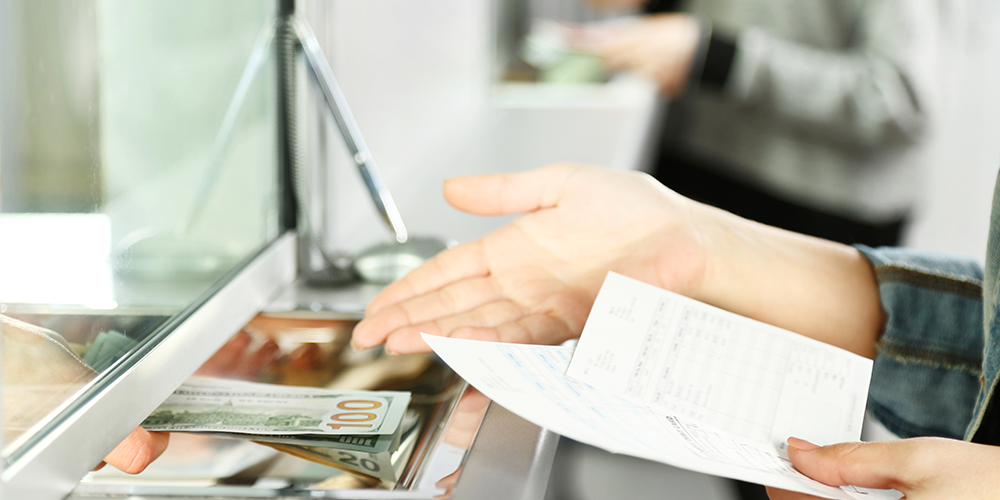
According to the Federal Trade Commission, romantic scams, wherein victims enter a long-distance relationship, eventually sending money to predatory scammers, are on the rise.
In 2015, there were 8,500 reports with losses of about $33 million. In 2018, there were over 21,000 reports of romance scams, costing victims an astounding $143 million.
Many times, costly scams like these rely on a crucial step – scammers send victims a forged check, hoping that a teller will accept it, and funds will be available for a few hours before advanced security is able to identify the forged check.
When the scam is successful, a victim will spend the temporarily-available funds on gift cards, often paying out of pocket when the fraudulent check is eventually rejected.
Consumers aren’t the only ones losing out due to check fraud. According to Financial Regulation News, estimated losses due to fraud reached $2.2 billion in 2016 – 35% of that figure was attributed to check fraud.
Stopping check fraud should start with the tellers –victims are often vulnerable, and tellers are the first line of protection for these consumers. Training tellers to recognize fraudulent checks can be difficult – but effectively doing so will increase your client satisfaction and retention, and keep your bank protected from loss.
Scams are especially high just after the April 15th tax deadline, so this is a crucial time for tellers to be prepared with check fraud training.
Here are 5 methods you can train your tellers to use and help them recognize fraudulent checks!
1. Check The Edges
Almost all checks written by a business or a person will have been torn from a check book of some sort. Money orders typically have perforation at the bottom to make them easy to tear. Fraudulent checks can be made to look very real, but it’s difficult to achieve perforation marks on a computer.
If a check does not have a perforated edge, it should raise suspicion. It’s not proof, but it’s a red flag that this check was printed out, not torn from a checkbook.
2. Check the Bank Logo and Address
Check to make sure that the bank logos and graphic assets appear crisp – a fake check may be using downloaded, low-quality assets to try to pass as real. Most banks and credit unions will have clear, well-printed logos.
Additionally, when a check has raised suspicion, verify that the address printed for the bank is correct. An incorrect bank address can be a red flag that a check is fraudulent.
Finally, scan the check for typos. Most banks will not issue checks with typos.
3. Check the MICR Line
All checks have a line of digits at the bottom for machines to easily catalog and reference. All checks have these, and within them is a check number. Make sure the check number in the upper right corner of the check matches with the number in the MICR line.
4. Check the Amount
Fraudulent checks are almost always under $5,000 – scammers do this to avoid verification from your banks.
While most checks under $5,000 need not raise suspicion, this is another factor to consider when you’ve observed other suspicious signs.
5. Look for Safety Features
Safety features like watermarks, microprints, and special inks are included in most legitimate checks. It’s up to the teller to recognize these features, and verify if they match the professional quality one might expect from a legitimate bank.
Properly training your employees on recognizing check fraud can go a long way to protect your customers and your bank from serious financial loss.
BizLibrary’s exclusive banking content library is full of lessons on check fraud and other serious topics that can transform your bank or credit union.

